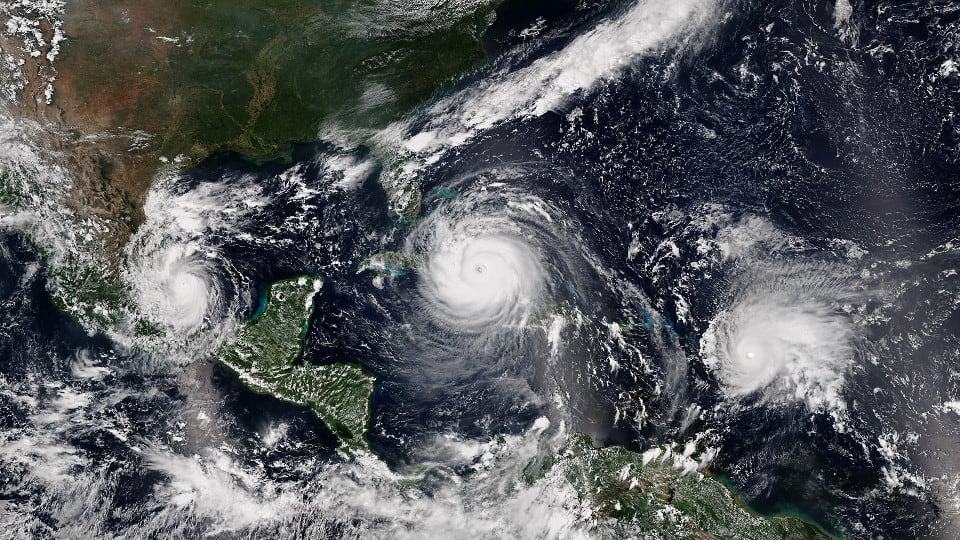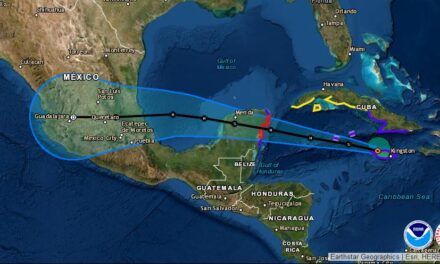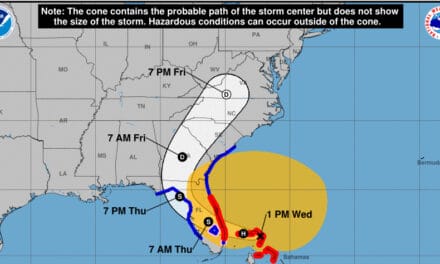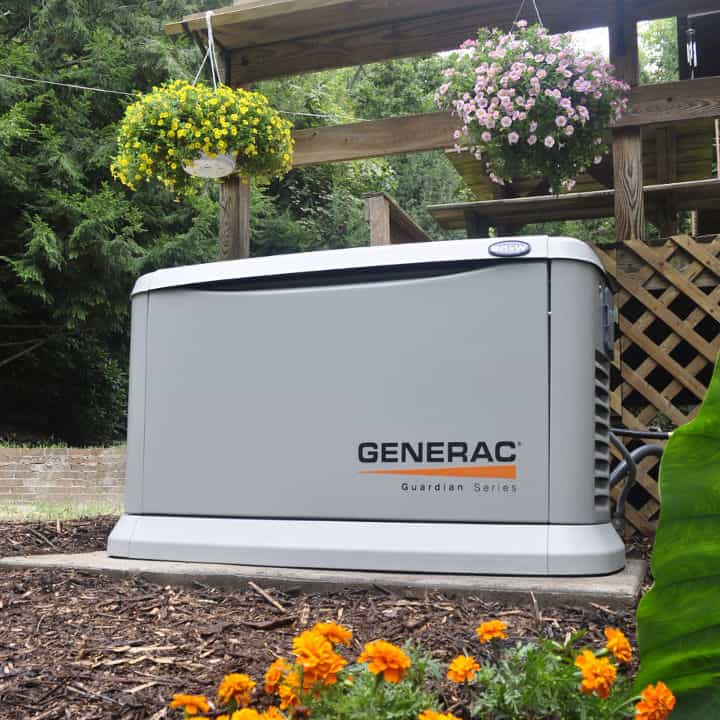Hurricanes are without any doubt a force of nature to be respected. People living anywhere along North America’s Eastern and Gulf of Mexico coastlines need an emergency plan to deal with the possibility of a hurricane.
The National Hurricane Center tries to give as much advance warning as possible. They ![hurricanes-6194[1]](https://blog.norwall.com/wp-content/uploads/2013/06/hurricanes-61941-150x125.jpeg) will issue a hurricane watch when winds of 75 MPH or greater are possible within 48 hours. A hurricane warning is issued 36 hours in advance of a hurricane making landfall, and warns that the arrival of a hurricane is imminent. Forecasters have determined the probable path of the hurricane and are warning residents to take action.
will issue a hurricane watch when winds of 75 MPH or greater are possible within 48 hours. A hurricane warning is issued 36 hours in advance of a hurricane making landfall, and warns that the arrival of a hurricane is imminent. Forecasters have determined the probable path of the hurricane and are warning residents to take action.
Advance Planning
To survive a hurricane, you should already have a plan in place before a hurricane watch is issued. Know about the hazards a hurricane poses and how they may affect your home and family. The main risks include inland flooding, storm surge, and high winds. Hurricanes can often spawn tornadoes which can cause localized damage and threaten lives, but inland flooding causes more loss of life than the other hazards combined.
Make advance plans to supply yourself with backup electrical power. Standby units work automatically and use your home’s existing natural or propane gas supply. Portable units also provide power, but are connected and started manually, and require regular refueling. Standby generators with automatic transfer switches require installation in advance. Most home owners will want to hire a qualified electrician to do the work.
Make the best use of portable generators by combining them with a manual transfer switch to supply power to your home. Dangerous backfeeding of a home by using a generator connected to a range or dryer outlet is illegal.
Hurricane Watch
When a watch is issued, people living within the watch area should know that hurricane force winds are a possibility within the next two days. Forecasters have not yet narrowed down the hurricane’s path, but it could happen anywhere within the watch area.
Take the first steps toward putting the emergency plan into action. Gas up vehicles and stock supplies of fuel and oil for portable generators. Review evacuation routes in case you have to leave. Check your emergency kit to ensure all needed items are there. Fill your water containers. Close storm shutters and board up windows. Make sure your non-perishable food supply is complete.
Hurricane Warning
Forecasters are fairly certain of a storms track and will issue warnings 36 hours in advance of the cyclone’s expected landfall. Hurricane force winds, storm surge, and inland flooding will occur within the next day and a half.
Residents affected by a warning should keep apprised of evacuation efforts and be ready to leave. Make final preparations and secure your home and shelter. Take your food, water, and emergency kit when you evacuate. Don’t wait until the last minute. Sudden flooding can hamper traffic, and those who wait the longest face the most difficult travel.
If you haven’t done it already, make sure your generator is ready to run. Standby generators run automatically and don’t require user intervention. You can rely on your standby or portable generator to power medical equipment, keep food cold in your refrigerator, and keep your home comfortable.
2013 Atlantic Hurricane Forecast
Long-range forecasters predict above average activity in the Atlantic Basin. They expect to name as many as 18 tropical storms, and nine of those will probably strengthen into hurricanes. Four storms will become major hurricanes in the 3, 4, or 5 category. There is a 72 percent chance that at least one major hurricane will hit the United States coastline in the Gulf of Mexico or anywhere along the East Coast from Florida through Maine.
Don’t wait for forecasters to warn of a tropical cyclone to head your way. Become informed, make a plan, and put that plan into action when the NHC issues watches or warnings.

















